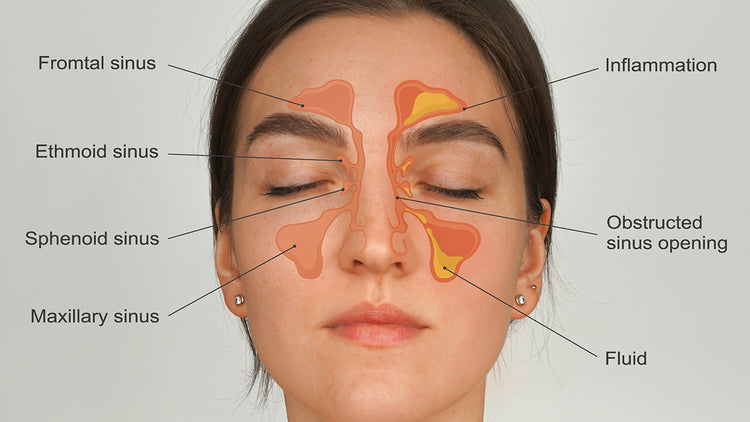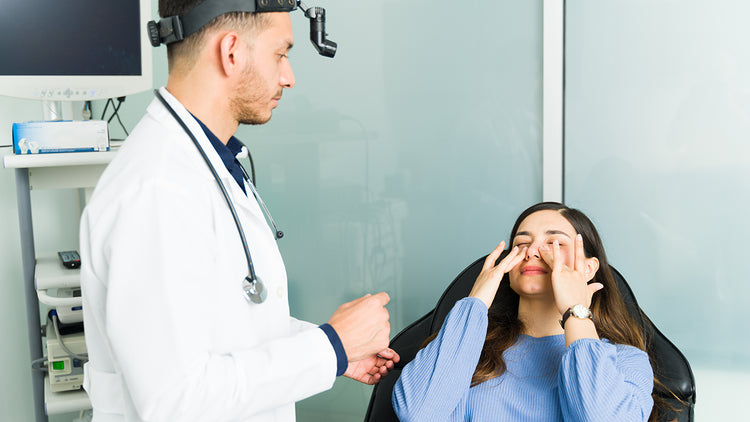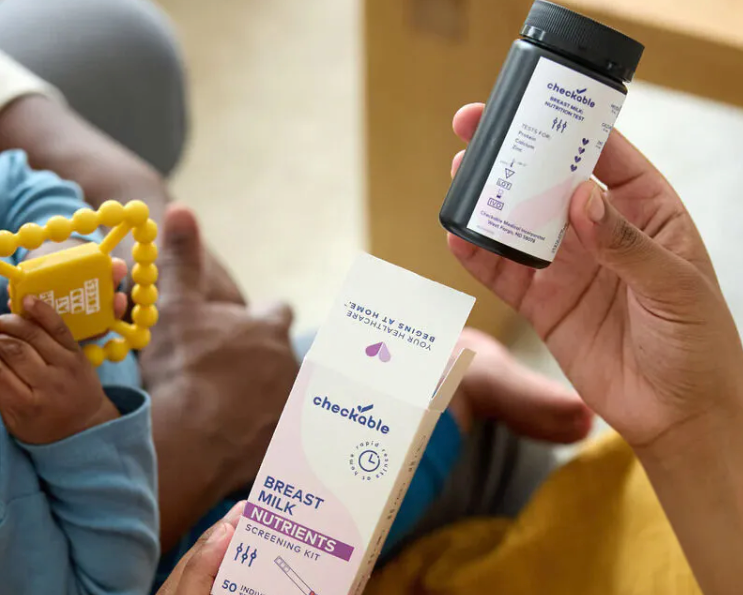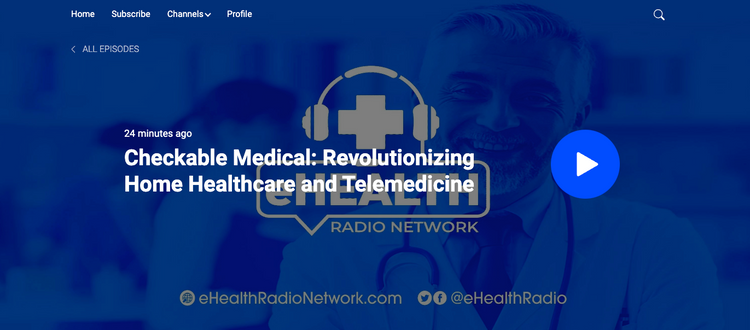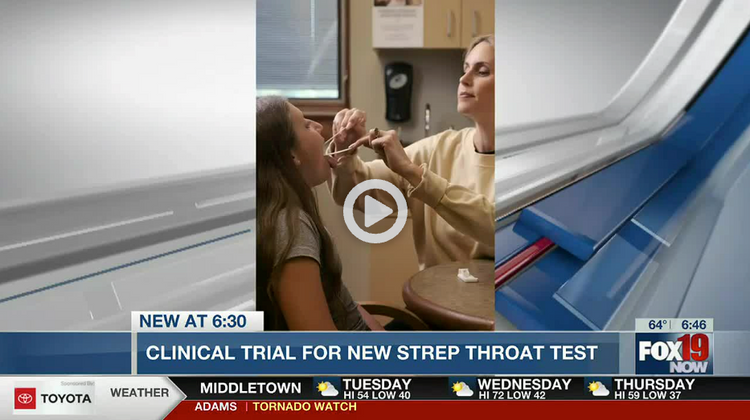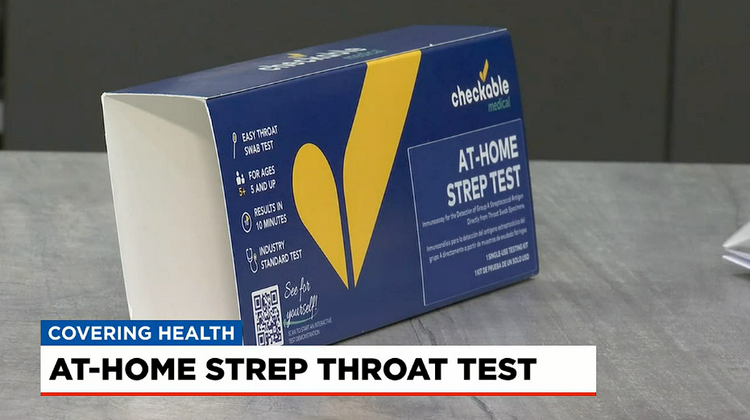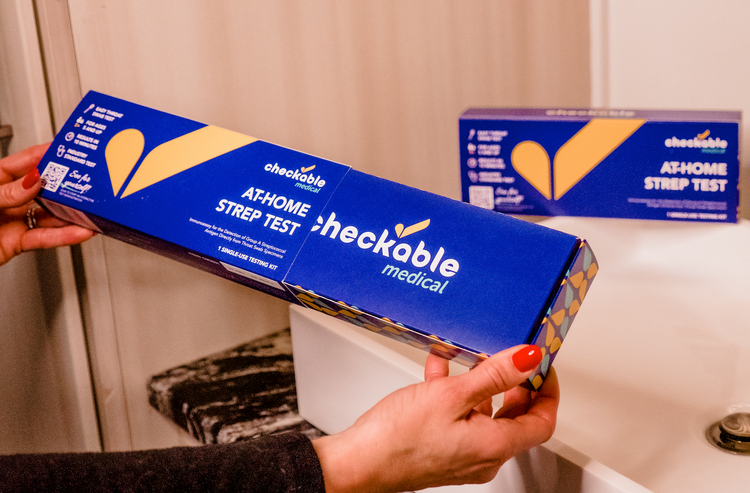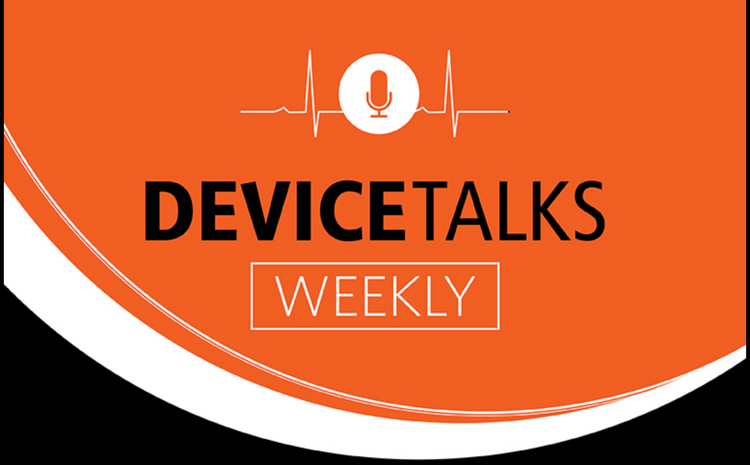
With the availability of telehealth, also called telemedicine, you can see a healthcare provider in many ways—sometimes without having to leave the comfort of your home. This option proves beneficial when you have a sick child at home. Making room in your busy schedule or living in a rural area can make seeing pediatricians for in-person appointments difficult. However, some health conditions are appropriate for telehealth, while others are not. Below, we review what health issues pediatric telehealth can address, as well as telehealth's benefits and limitations for pediatric care.
But first, it’s important to discuss the different types of telemedicine. Telehealth includes three different categories:
- Synchronous: You can speak to pediatricians or healthcare providers directly. It's real-time, virtual communication via phone, video, or text.
- Asynchronous: You send information, like a message or picture, to a healthcare provider, and they review it at a later time. It's not real-time communication, and a response may take several hours.
- Remote Patient Monitoring: A mix of synchronous and asynchronous telemedicine, this option usually involves patients wearing medical devices that providers can monitor remotely. Some examples are heart monitors, oxygen sensors, and blood glucose monitors.
Common Health Issues That Pediatric Telehealth Can Address
Pediatricians can address some common pediatric health issues virtually. More than likely, they will want parents to participate in a video visit instead of talking over the phone or via text, but this depends on your child’s condition. Health conditions that pediatricians can usually treat via telehealth include some of the following:
- Acute conditions: These are short-term health problems that usually resolve quickly with treatment. Rashes, skin infections, allergies, pink eye, sprains, and strains are some examples. Sometimes, pediatricians will also treat minor burns, ear pain, and swimmer's ear, but most of the time, the healthcare provider will want to see your child in person. Additionally, they might treat illnesses like the common cold, flu, or COVID-19.
- Chronic conditions: These are long-term health problems requiring frequent follow-up appointments or care. Asthma, depression, anxiety, diabetes, and attention hyperactivity deficit disorder (ADHD) are a few examples. Typically seen via telemedicine, the healthcare provider will want your child or adolescent's condition to be stable, which means symptoms are not worsening.
- Therapy/Counseling: Many health conditions are treated with therapy. Some forms of physical and speech therapy can be done through telemedicine. Telehealth mental health counseling for your child or adolescent is a great alternative to in-person visits.
- Labs/Diagnostic tests: Pediatricians can order blood work and diagnostic tests via telemedicine appointments. However, you'll need to travel with your child to the local facility that can perform these tests to have them completed.
It's important to note that just because a condition is listed above does not always mean your pediatrician or healthcare provider is comfortable treating your child via telehealth. It's up to the discretion of the healthcare provider and state regulations and guidelines.
Pediatric Telehealth for Emergency Health Situations
Pediatric telemedicine can also be helpful in emergency situations. Often, telehealth appointments can lead to cost savings and accurate patient assessments before unnecessarily going to the emergency room. For example, your child may have a high fever, and the healthcare provider can direct you on what medications to give them and when to seek in-person medical care. Or, during an emergency when your child needs immediate first aid, a healthcare provider can direct you over the phone on what interventions to perform before official emergency medical services arrive. However, it's still crucial to know that if your child or adolescent needs emergent care, you should seek in-person medical attention immediately.
Effectiveness of Pediatric Telehealth in Addressing Chronic Health Conditions in Children
As mentioned, pediatricians can address some chronic health conditions via telemedicine. However, most of the time, your healthcare provider will want your child's condition to be stable, and you might also need to visit a local facility to get blood work or tests completed. Some additional chronic problems that can be addressed via telemedicine include the following:
- Behavioral conditions, like ADHD or autism spectrum disorders
- Development medicine, like neurological conditions
- Endocrine disorders, such as diabetes or thyroid
- Gastrointestinal, like chronic constipation or celiac disease
- Blood disorders, such as anemia or sickle cell anemia
Can Pediatric Telehealth Be Used for Mental Health Therapy Sessions for Children?
Yes, pediatric mental health telehealth is a great alternative to in-person therapy. Many telehealth platforms offer a safe and engaging environment for your child or adolescent to discuss their thoughts. However, ensure that you ask questions about sharing private health information and how this information is transmitted. You wouldn't want your or your child's sensitive information passed to the wrong hands.
Limitations to What Health Issues Pediatric Telehealth Can Address
Although telehealth has many benefits, there are some limitations. First, depending on your internet service and speed, you may have trouble connecting with the healthcare provider. Ensure you test the connectivity well before your scheduled appointment so you arrive on time. Also, just because you see the provider via telehealth does not mean you will not have to travel outside your home. For example, if the pediatrician prescribes a medication, you'll have to drive to your pharmacy to pick it up. Or they may order blood work or tests requiring you to be seen at a healthcare facility. Additionally, the pediatrician might ask you to come into the office or go to the emergency room for further evaluation.
Remember, everything can't be assessed and treated through telehealth. If your healthcare provider wants a follow-up visit, follow their instructions thoroughly and ask any questions.
Telehealth is an excellent alternative to in-person appointments and for convenience in some instances. However, remember that providers cannot treat many medical problems virtually. If your child or adolescent needs emergency care, seek medical attention immediately and do not delay their care.
References
Hoffman, D.A. (2020, June 16). Increasing access to care: Telehealth during COVID-19. Journal of Law and the Biosciences, 7(1), lsaa043. https://doi.org/10.1093/jlb/lsaa043
Mitra, A., Veerakone, R., Li, K., Nix, T., Hashikawa, A., & Mahajan, P. (2021). Telemedicine in pediatric emergency care: A systematic review. Journal of Telemedicine and Telecare, 29(8), 579-590. doi:10.1177/1357633X211010106. https://journals.sagepub.com/doi/10.1177/1357633X211010106
Amanda Marten MSN, FNP-C is a freelance nurse writer and a certified family nurse practitioner. With ten years of nursing experience, she has worked in a variety of specialties including urgent care, travel nursing, post-surgical, and intensive care. In her free time, she enjoys gardening, outdoor activities, and spending time with her friends and family.
Life is too short to sit in a doctor’s office
Sign up for our weekly newsletter and get valuable healthcare tips and tricks in your inbox!
Sign up now and unsubscribe anytime.
- Choosing a selection results in a full page refresh.
- Press the space key then arrow keys to make a selection.


















